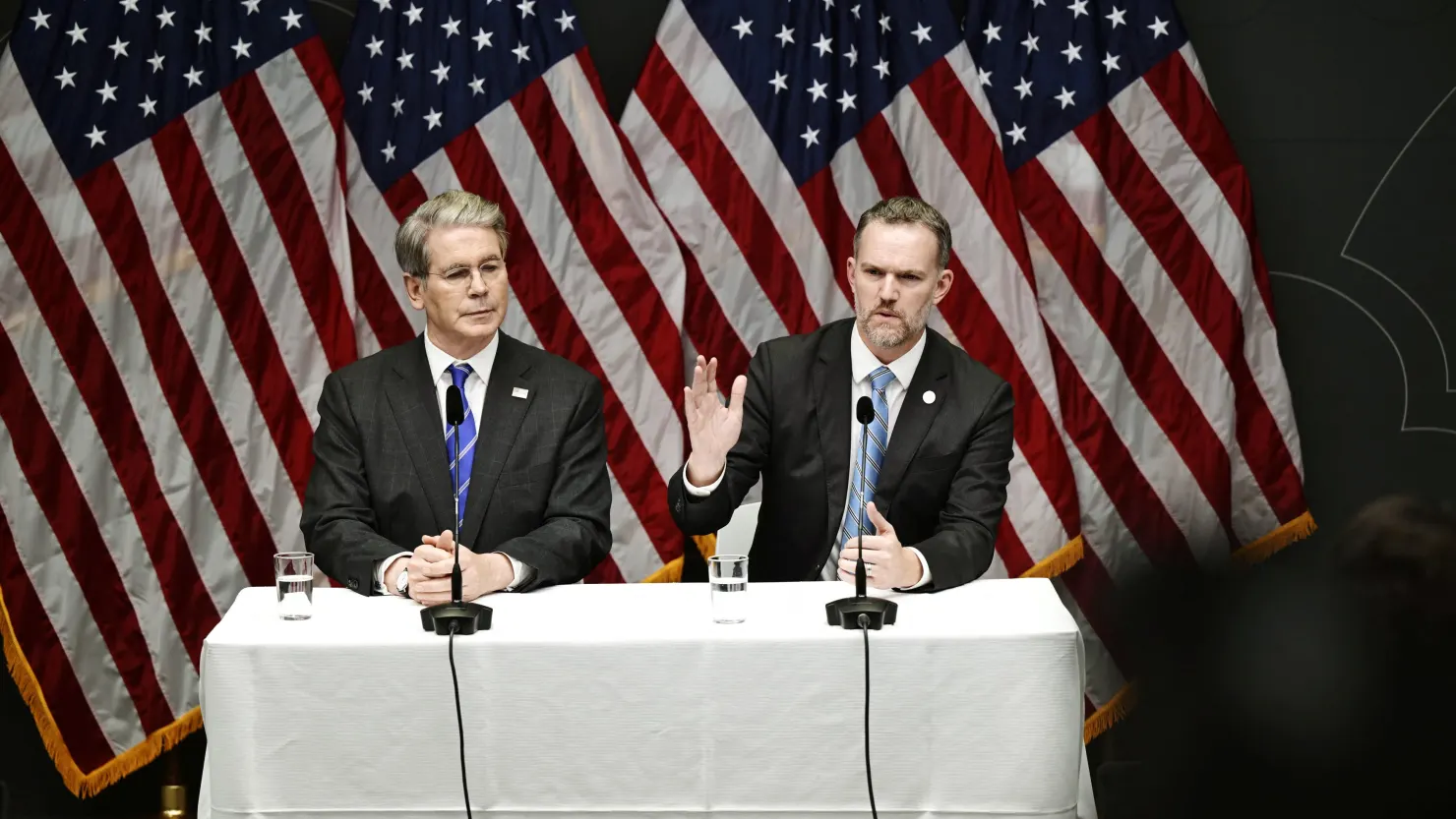Trade tensions between the United States and China remain in limbo as both sides wrapped up their third round of high-level talks since May, this time in Stockholm, without a clear resolution. At the heart of the matter is whether to extend a temporary truce on tariffs that is currently set to expire on August 12.
Despite progress, U.S. officials made it clear that any extension will not move forward without direct approval from President Donald Trump.
“Trump has final say on all the trade deals,” said Treasury Secretary Scott Bessent in an interview with CNBC. “And [on] the pending tariff truce,” he added.
Following the Stockholm talks, U.S. Trade Representative Jamieson Greer echoed the same: “We’re going to head back to Washington, D.C. We’re going to talk to the president about whether that’s something that he wants to do.”
Trump himself, speaking aboard Air Force One, confirmed that he would be briefed soon: “I just had a phone call from Scott Bessent. They had a very good meeting with China, and it seems that they’re going to brief me tomorrow. We’ll either approve it or not. But he felt very good about the meeting, better than he felt that he felt yesterday.”
On the Chinese side, trade negotiator Li Chenggang said both nations had agreed to work toward extending the 90-day suspension of most reciprocal tariffs, including U.S. duties on Chinese imports and China’s countermeasures.
If no deal is reached by August 12, the pause will expire, and tariffs will revert to their previous levels. “We call it boomeranging,” said Bessent, noting that the U.S. duties would snap back to their April highs.
The April tariffs, announced by Trump as part of what he called “liberation day,” included a sweeping 34% duty on Chinese goods. Just a week later, he threatened to raise them to 125%, in addition to the existing 20% fentanyl-related tariffs. China responded in kind with its own steep levies on American products. It was only after initial talks in Geneva that both sides agreed to freeze most of the measures.
Although the tone of recent discussions was more constructive, tensions persist. Bessent hinted at evolving dynamics, saying the two delegations’ positions are becoming more “refined,” and mutual understanding is growing. Still, he voiced frustration over China’s continued oil purchases from Iran — an issue Trump had previously greenlit but remains sensitive.
One hot-button issue that was off the table, however, was TikTok. “We are very careful to keep trade and national security separate,” Bessent said.
Meanwhile, the Trump administration is forging ahead with a broader tariff reset involving dozens of other nations. Commerce Secretary Howard Lutnick confirmed earlier Tuesday that those snapback tariffs are set to kick in by Friday.
Pressed on whether those looming duties could destabilize negotiations, Bessent downplayed the urgency: “I would think that it’s not the end of the world if these snapback tariffs are on for anywhere from a few days to a few weeks, as long as the countries are moving forward and trying to negotiate in good faith.”
Ultimately, while trade officials continue laying the groundwork for an extension, the final decision rests, once again, with the president.






